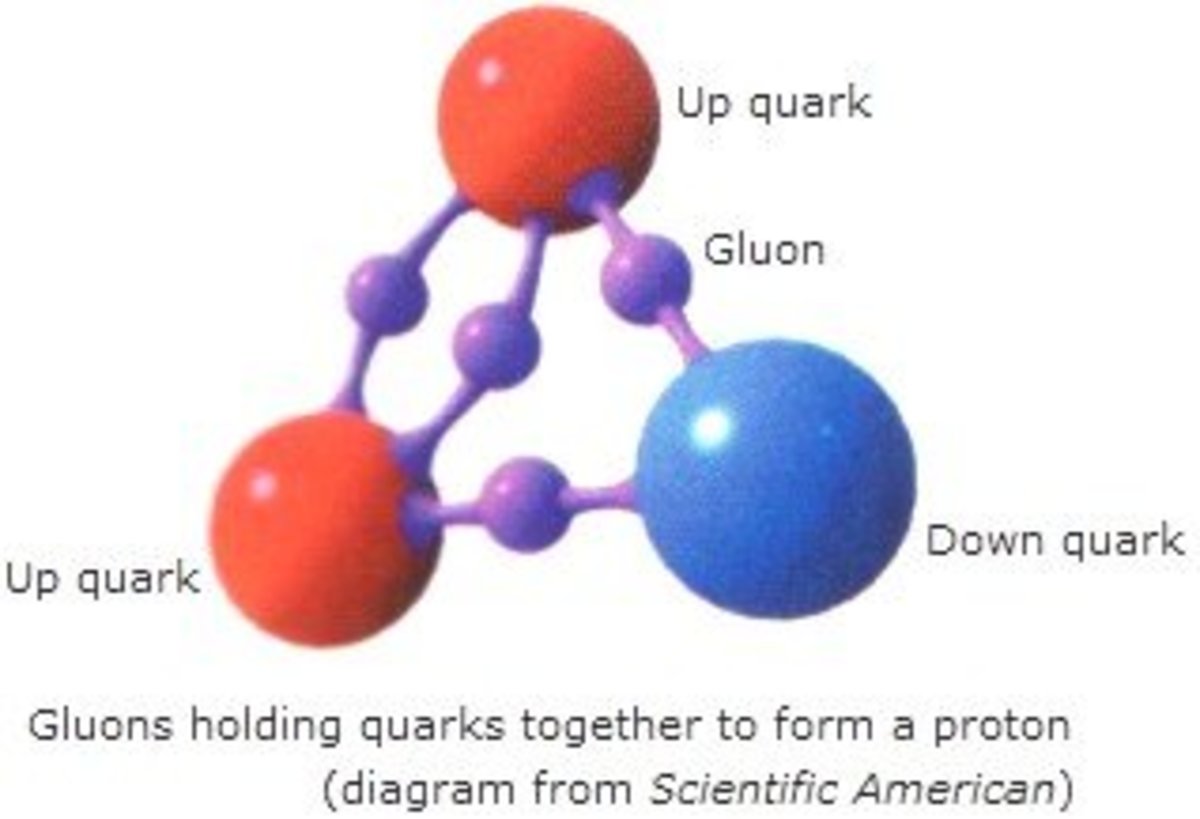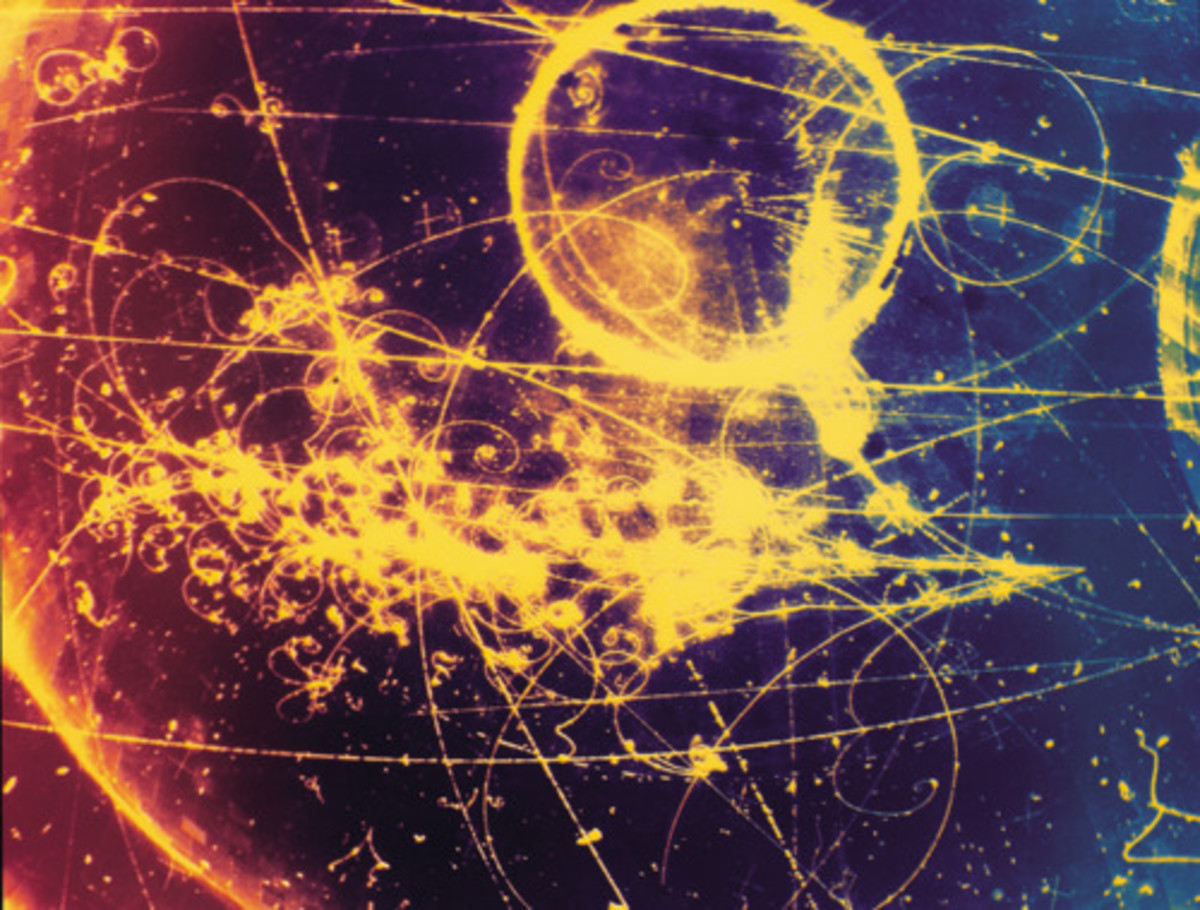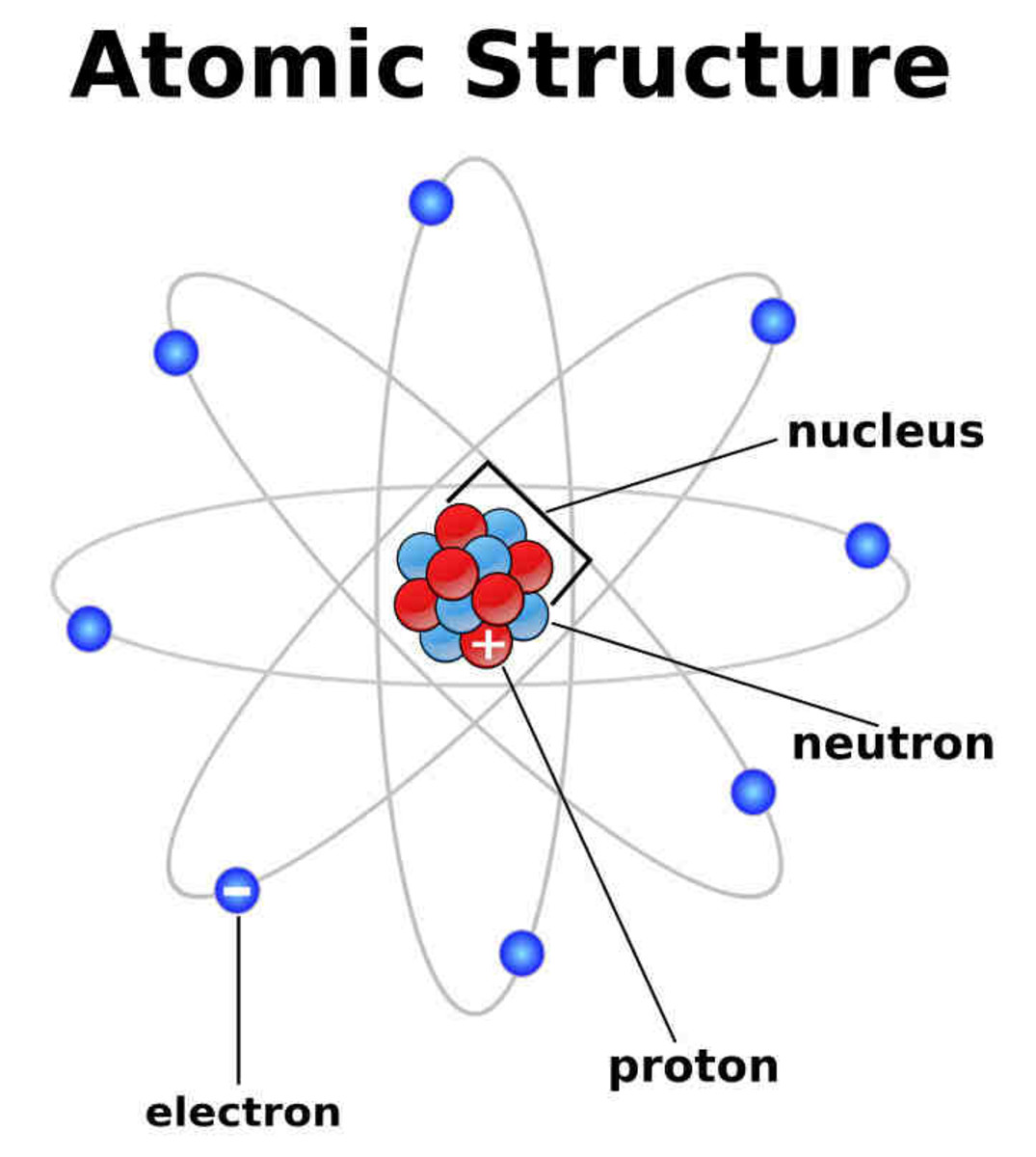Building Block
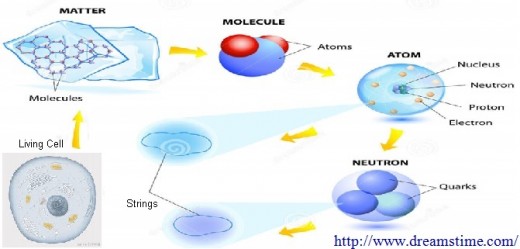
The single living cell is the building block of all the living things on Earth. The organic compound is the building of the single living cell. The chemical elements are the building blocks of the organic compound. Proton, neutron, and electrons are the building blocks of the chemical element. The elementary particles are the building blocks of the Proton, neutron, and electrons. Based on the latest scientific research, the String is the building block of the elementary particles. The String came into existence shortly after the Big Bang and it has taken around 4.5 billion years for this building process to produce a living thing, the human being, that is capable of retracing the steps to unravel when, how, and why this all happens. Who is behind this grand and intelligent design and what kind of future is unfolding.
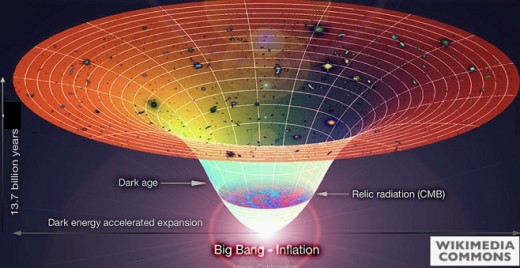
Big Bang
At the moment of this writing, the String only exists in the mathematical equations. Just like some of the elementary particles in the Standard Model, their existences were predicted in the mathematical equations before they were found in the experiments. As the particles get ever smaller, more expensive, more powerful, and bigger high energy collision machines need to be built for their creation and detection. The idea is to duplicate the conditions immediately after the Big Bang - a split second expansion process that caused the Universe and all its matter to explode into existence. As the heat dissipated and the temperature cooled, high energy would solidify into the Strings, followed by the Strings turning into the elementary particles, followed by the elementary particles combining into the more stable and heavier particles of proton, neutron, and electrons. The building process so far might seem chaotic and random, but, it all happened according to the laws of Physics and could be analyzed and understood with the help of the mathematical equations.
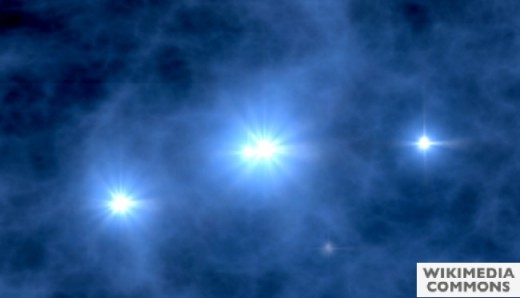
Stars
As the expansion continued and the Universe got bigger, the temperature became still cooler to enable the proton, neutron, and electrons to combine to form the simplest atoms, hydrogen and helium. With the formation of the inert atoms with a fixed mass, the Universe entered a period of quiet and dark development. First, the gravitational force started to pull all the regional mass together. Gradually, clouds of hydrogen and helium appeared in a structure called galaxy. Some clouds that had enough mass in the galaxy would collapse into a massive object under the continuously increasing gravitational force. Eventually, the hydrogen atoms would be squeezed together triggering a nuclear fusion chain reaction that would light up the object like a star. From this time on, the Universe was no longer in darkness, as more than a billions galaxies came into existence one after the other, within each galaxy there lied more than a billion burning stars.
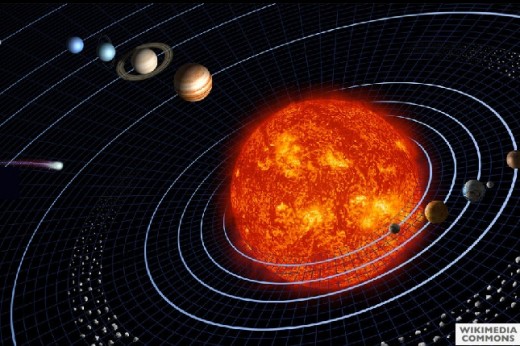
Planets
Planets are formed with heavy atoms like iron, copper, oxygen, carbon, etc. In the early times, the Universe had only hydrogen and helium. The first bunch of heavier atoms was created inside the burning stars. After more than several billion years, the nuclear fusion chain reaction would have run out of its hydrogen and helium fuels, the resulting heavy atoms by-product would then collapse into itself initiating a big explosion spitting out all its materials into the surrounding space. Some of these materials would mix with the existing clouds of hydrogen and helium. Some of such clouds would evolve into star systems with planets. Our Earth and other planets around the Sun were believed to be formed in such fashion around 10 billion years after the Big Bang. Of the 8 planets circling around the Sun, Earth is the only one that can harbor life forms due to its unique distance from the Sun, the right size and the magnetic field.

Life Forms
In the Universe, life forms are only possible on a planet in a star system. In addition, intelligent life can only flourish on a planet with a slew of unique characteristics that have a probability of occurrence in one out of a billion. Since there are several billion stars in a galaxy and several billion galaxies in the Universe, as a result, there are and will be many living forms that are capable of figuring out what is going on around them. Life started on Earth, the 3rd planet in the solar system on the fringe of the Milky Way galaxy, around 3.5 billion years ago. It was initiates by the chemical element Carbon and its organic compounds from which the more complex molecules like proteins and DNAs were built to form the basic building blocks of the living cell. After 3.5 billion years of evolutionary tinkering, an intelligent living species finally arrived onto the scene embarking on a journey of discovery from Earth through the stars and galaxies to the beginning, the Big Bang.

Orchestration
Life in the Universe is not the result of random and chance occurrences. Rather, it is a well orchestrated occurrence based on random and chance processes. It all started with the Big Bang that filled the expanding space with the Universe’s total mass in the form of hot and pure energy. As the temperature cooled, the energy was transformed into building blocks with precise quantity, quality, and characteristics. Guiding by the laws of Physics in a vast playing field where anything that was supposed to happen would have a chance to happen. In time, the building block would mix and match to form stars, galaxies, living things, and eventually, intelligent and thinking beings obsessed with finding out the origin, the meaning and purpose of life and its building blocks.


